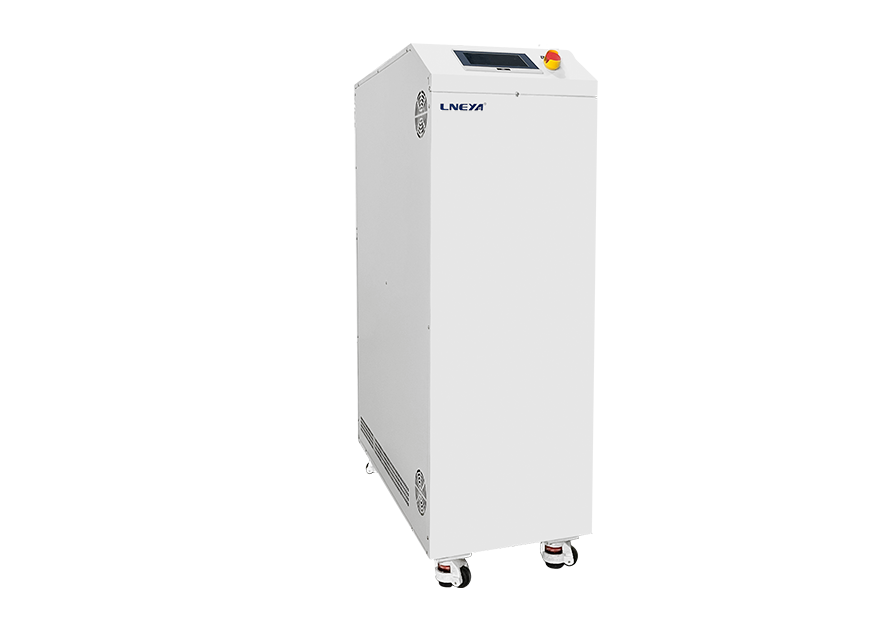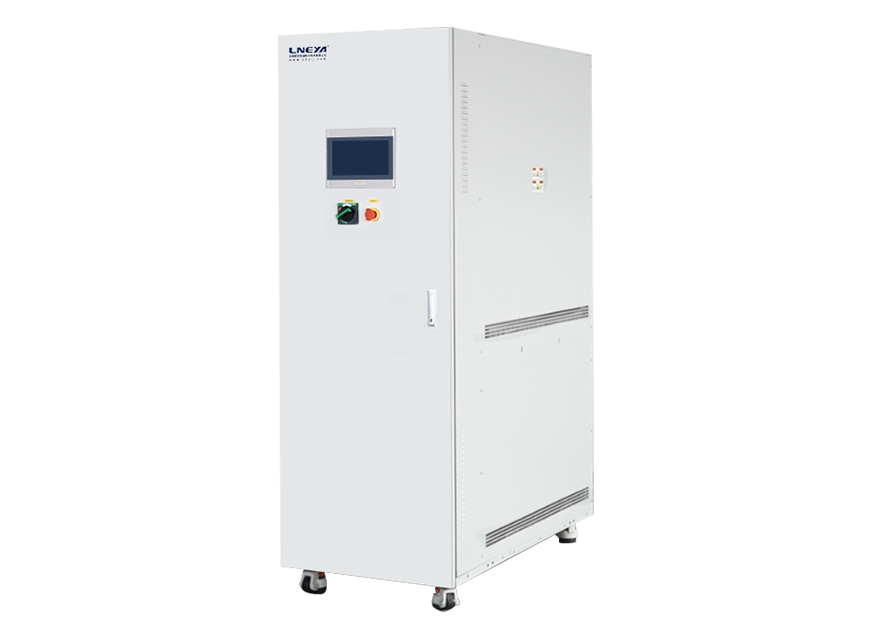What Are the Common Types of Chiller Compressors

- Compression Chillers vs Absorption Chillers Key Differences Efficiency and Applications
- What Are the Common Types of Chiller Compressors
- Hidden Costs of Chillers Quotes
- Industrial Chiller vs Industrial Freezer
- What Are Water-Cooled Condensers
- Custom Chiller vs Standard Chiller
- Che cos'è un refrigeratore raffreddato ad aria
- Che cos'è un refrigeratore raffreddato ad acqua
- Agosto 2025
- Luglio 2025
- Giugno 2025
- Maggio 2025
- Marzo 2025
- Febbraio 2025
- Gennaio 2025
- Dicembre 2024
- Novembre 2024
- Ottobre 2024
- Settembre 2024
- Agosto 2024
- Luglio 2024
- Giugno 2024
- Maggio 2024
- Aprile 2024
- Marzo 2024
- Febbraio 2024
- Settembre 2023
- Luglio 2023
- Giugno 2023
- Maggio 2023
- Gennaio 2023
refrigeratore raffreddato ad aria refrigeratore refrigeratori Congelatore a freddo refrigeratore di raffreddamento circolatore di raffreddamento e riscaldamento sistema di raffreddamento e riscaldamento sistema di controllo dinamico della temperatura congelatore circolatore di riscaldamento refrigeratore industriale raffreddamento industriale congelatore industriale frigorifero industriale reattore a camicia refrigeratore a bassa temperatura notizie refrigeratore farmaceutico reattore refrigeratore raffreddamento del reattore raffreddamento del reattore riscaldamento riscaldamento del reattore raffreddamento circolatore refrigerato refrigeratore a vite refrigeratore per semiconduttori refrigeratore di prova per semiconduttori sundi tcu controllo della temperatura camera di prova termostato refrigeratore a bassissima temperatura refrigeratore di prova per veicoli refrigeratore d'acqua refrigeratore raffreddato ad acqua
After being compressed by the compressor, the refrigerant gas increases in pressure and temperature, allowing it to enter the condenser to release heat to water or air. Common chillers are generally categorized by compressor type as screw chillers, scroll chillers, and centrifugal chillers. What are the characteristics of these compressors? How do they work? What cooling systems are they suitable for?
Related: Chiller compressor brand list
What is a screw compressor?
A screw compressor generates pressure through the rotation and compression of two rotors—a female rotor and a male rotor. The rotors rotate in opposite directions, one clockwise and the other counterclockwise, similar to two intermeshing screws compressing gas.
The rotation draws gas into the gap between the rotors, where it is gradually compressed along the avity formed between the rotors and the casing, ultimately being discharged through the outlet into the condenser.
A significant advantage of screw compressors is their ability to operate stably over extended periods of time. Because they don’t require the reciprocating motion of piston compressors, there’s no shock or vibration, resulting in minimal mechanical wear even in 24/7 operation.
Many brands of compressors are equipped with variable frequency control, which automatically adjusts speed based on actual load. This allows them to maintain high energy efficiency even at partial load.
However, they also have some limitations. At low loads, their energy efficiency is often not as high as that of scroll compressors. Furthermore, they have higher requirements for lubricant oil properties, condensing temperature, and environmental conditions, requiring regular lubricant inspection and replacement. Furthermore, screw compressors are more expensive.
They typically provide cooling capacities ranging from tens to hundreds of kilowatts and are often used in medium- to large-scale screw chiller systems to provide stable temperature control for equipment and processes such as semiconductors, chemical processing, injection molding, and laser cutting.


What is a scroll compressor?
A scroll compressor consists of a fixed scroll and a moving scroll. The movable scroll rotates eccentrically around the fixed scroll at a constant angle. The movable scroll orbits around the fixed scroll without rotating about its own center. The refrigerant enters the spiral chamber and is compressed as it travels along the spiral toward the center.
Compared to screw compressors, they are more compact and produce less noise and vibration during operation. They are often used in small and medium-sized cooling systems, especially in laboratories, cleanrooms, hospitals, and other locations where space and sound requirements are stringent.
Scroll compressors generally have a low capacità di raffreddamento, but multiple units can be connected in parallel to meet higher cooling capacity requirements, improving energy efficiency at partial loads.


What is a centrifugal compressor?
A centrifugal compressor draws in refrigerant gas through a high-speed rotating impeller and flings it toward the outer edge, where it flows into a diffuser. In a centrifugal compressor, the diffuser slows down the gas, raising its pressure and turning kinetic energy into pressure energy, before releasing it through the exhaust.
The greatest advantage of centrifugal compressors is their ability to compress large volumes of gas simultaneously, resulting in high cooling capacities for centrifugal chillers. They also feature fewer moving components, which reduces the risk of breakdowns and lowers maintenance needs.
Centrifugal chillers are often used in large projects, such as large cleanrooms, data centers, and campus-wide cooling systems. While the initial investment is higher, they offer higher energy efficiency and lower electricity costs over the long term.
Conclusione
LNEYA’s main product lines include refrigeratori scroll e refrigeratori a vite. We offer standard and custom chillers with various configurations to meet diverse operating conditions across various industries. Our compressors are sourced from internationally renowned brands such as Copeland, Danfoss, Tecumseh, and Carlyle.
Contact us for more information about our chillers.
Related Chillers
CONTATTO
TEL:TELEMATICO
EMAIL: EMAIL: EMAIL: EMAIL: EMAIL: EMAIL: EMAIL
WeChat e WhatsApp: il nostro servizio

Wechat QR

Hai domande o hai bisogno di un preventivo? Compila il modulo sottostante e il nostro team ti risponderà entro 24 ore.
 Refrigeratori industriali LNEYA Produttore Fornitore
Refrigeratori industriali LNEYA Produttore Fornitore
















